6-Weeks-Old Baby
6-Week-Old Baby
Look what I found!
Your baby may have discovered that he can put his fingers into his mouth — a good reason to smile and coo.
Main Topics
Highlights
How might you describe your baby this week? Probably as having more of a little personality now.
With social smiling now a normal part of baby’s repertoire and babbling and giggling soon to follow, the fun is seriously ratcheting up.
Here’s what you can expect this week.
Your 6-week-old baby's development
Week 6
Baby’s Development

By now you’ve likely seen that beautiful social smile your baby is capable of, especially because he seems to be practicing it on you again and again.
So keep up those loving interactions with your baby — talking, cooing and singing to him — and you’ll all have plenty to smile about.
At this point, your little one may also have stumbled across the best comfort object of all — his fingers, which will help him learn the all-important task of self-soothing.
Another milestone that’s on the horizon: reaching for a dangling object. Be sure to pull out the play gym so your little one can get ready to practice his motor skills and hand-eye coordination.
At a Glance

Sleeping basics
Newborns up to 3 or 4 months old need 14 to 17 hours of sleep in a 24-hour period, usually waking every two to four hours to eat.

Feeding basics
Breastfed babies should eat as much as they want at this age, but a general rule of thumb is roughly 24 to 32 ounces of pumped breast milk or formula.

Did you know?
Your baby will smile for the first time around now, if not sooner. Cue your heart melting!
Your 6-week-old baby's growth

Your baby is eating up a storm these days, taking in as much as 24 to 32 ounces of breast milk or formula each day. Feedings should be spread out to every three to four hours or so (and maybe even more spread out at night), though demand feeding is still generally the way to go, especially for the breastfed set.
Of course, with all that eating comes lots of pooping. Your baby will still be averaging a few bowel movements each day. And with all that’s going on in that area, it’s no wonder he isn’t sitting pretty, so to speak.
Yes, diaper rash can crop up as long as your baby is in a diaper, thanks to a combination of too much moisture, too little air, friction, irritation and of course pee and poop.
The best cure for diaper rash is prevention — making sure baby’s bottom is clean and dry before re-diapering, spreading ointment or cream on that dry bottom, and changing him often so he’s not sitting in a wet or dirty diaper for too long.
Your 6-week-old baby's health

Questions to ask the doctor
Instead of relying on your memory, bring a list of questions to your appointment. Jot down the answers, plus any other advice and instructions your pediatrician dispenses. And trust your instincts. If you feel something isn’t right with your baby, bring it up.

The color of poop
The color and texture of your baby’s poop can change from day to day — and bowel movement to bowel movement — causing even experienced parents to worry about what’s in their baby’s diaper.
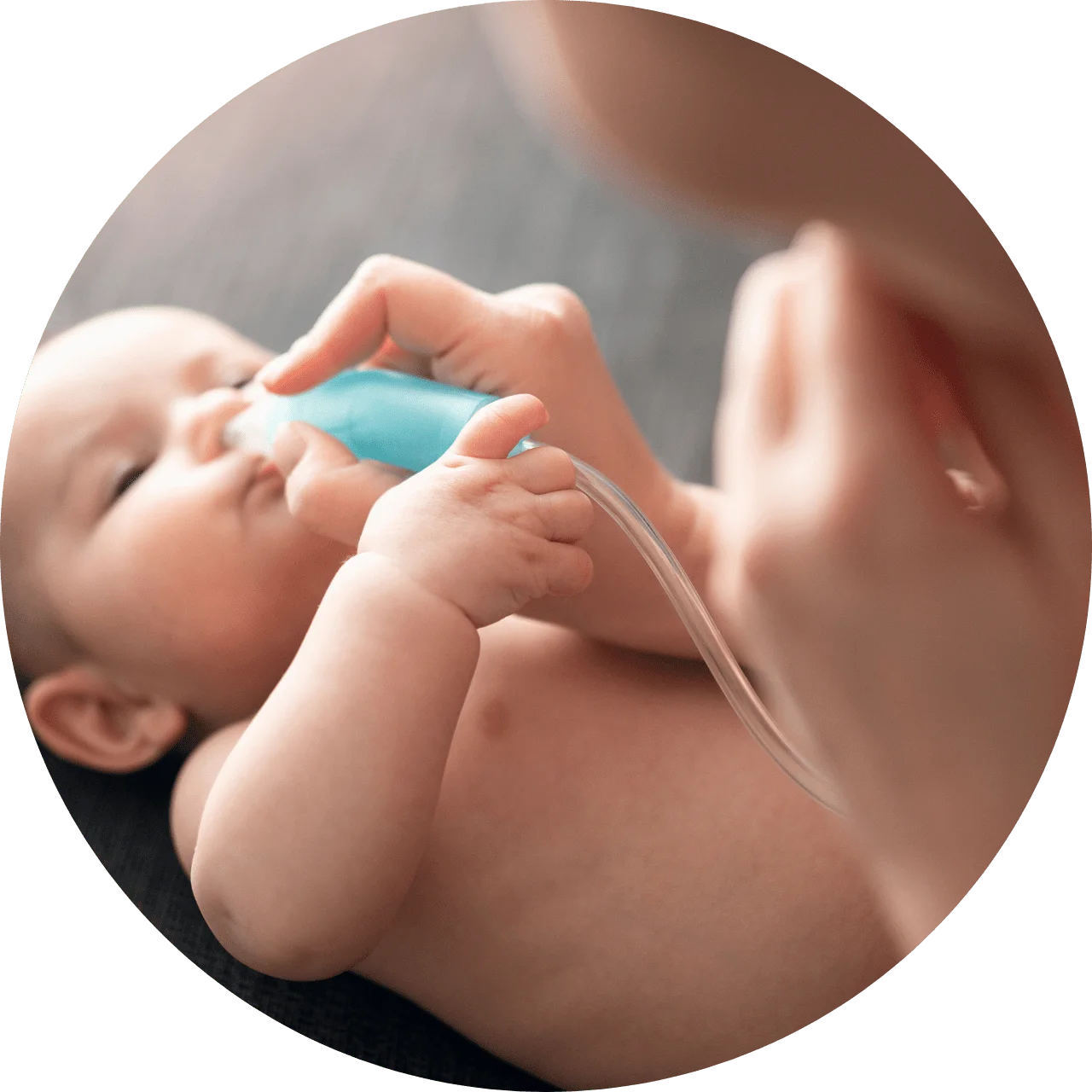
Stuffy nose?
Congestion in newborns is common, even when there’s nothing wrong. However, other causes of congestion could be respiratory viruses like the common cold, allergies and environmental irritants like tobacco smoke.

Baby-safe medicine
Never give a baby under 3 months old any medication, not even an over-the-counter one, that’s not recommended or prescribed by a doctor. And never give your baby a medication that’s intended for older kids or adults.

RSV (respiratory syncytial virus)
Nearly everyone — adults and children alike — will get RSV at one point or another. For most people, the virus causes cold-like symptoms that last about a week or two. But some babies can get a more severe case.
Postpartum & new baby tips
The colic carry
Sometimes when your baby is crying inconsolably, what he needs is more pressure.
No, really. Pressure on a baby’s tummy can relieve gas, and gas is thought to be one of the major causes of ordinary crankiness and even colic.
Try the “colic carry”: Lay your baby on his tummy on your forearm, cradling his head in your hand. Use your other hand to stabilize him and rub his back.
You can also try laying him tummy-down across your lap, with one of your knees under his stomach and the other supporting his head. Or hold him upright, with his abdomen on your shoulder, while you rub and pat his little back.
Another gas reliever: Put him on his back and push his knees up to his tummy for 10 seconds. Release and repeat. Burp!
Diaper rash
Diaper rash is best kept at bay by preventing it in the first place. Try these tips:
- Change diapers about every two hours. Replacing a wet or dirty diaper with a clean, dry one plays a key role in preventing diaper rash. That’s because when skin stays damp for too long, it becomes more susceptible to rash-raising enzymes.
- Avoid perfumes and alcohols in soaps, scented baby wipes and other products that come into contact with your baby’s nether region, since they can irritate that sensitive baby skin. Prevent diaper rash by using fragrant-free baby wipes, and make sure you thoroughly dry his skin during every diaper change. Another option? Clean his bottom with cotton balls or a washcloth soaked in warm water.
- Try experimenting with different types of diapers or even switching to cloth to see whether that helps prevent diaper rash. Sometimes super absorbent disposable diapers are so efficient at trapping moisture that they lead to more rashes. Cloth diapers are less absorbent, which can encourage more frequent changes — and that, in turn, can be a change for the better if they lead to fewer breakouts.
How to plan meals ahead
One way to make sure you’re eating healthy as a new parent: Do as much as you can ahead of time.
If you’re boiling an egg for lunch, boil six so they’re ready and waiting for you tomorrow. If it’s salmon salad you crave today, crack open a large can so that you’ll be able to fish for an easy snack the next day.
Bake a half-dozen potatoes at once — it’s quick and easy to warm them later, along with some pre-shredded cheddar and leftover broccoli. Ditto brown rice — make a box, and reheat it all week.
Using a breast pump
If you’re breastfeeding and ready to start pumping breast milk, maximize your output by drinking at least eight glasses of water a day plus eating plenty of water-packed fruits and veggies.
The best time to express is likely in the morning, when your breasts are fullest. If you’re at work, try to pump on the same schedule as your baby’s feedings so you keep your milk supply going strong.
If you’re at home and are stockpiling milk, try pumping an hour or so after the baby’s morning feeding.
To begin using your best pump, find a comfortable, quiet spot and relax as much as possible to encourage letdown. A quick breast massage or gently shaking your breasts can get the ball rolling, as can hot compresses to the nipples.
If your baby is close by, try cuddling him (as long as he doesn’t mind being this close to milk he can’t have); if you’re away from home, look at a favorite picture of him, or close your eyes and imagine his face and his smell as he nurses.
If you’re using an electric breast pump, use the lowest suction at first, and then gradually increase it when things get moving.
Do be patient. It may take a few minutes (or a few weeks) for you to get into a comfortable rhythm.
Wearing baby
Wearing your baby and walking around is a great way to soothe him if he’s crying. Your little one will enjoy the feeling of closeness and the rhythm of your steps.
And as an extra bonus, your hands remain free for multitasking (laundry or dinner prep, anyone?).
Have your baby face your body in a front-pack carrier for the first three months when he needs the extra head support. Or use a sling — which is great for on-the-go nursing and can convert to a side or back hold when your baby gets older.
If your baby balks at being in a sling or front carrier at first, don’t give up on it entirely. Some babies who don’t like to be facing backward come to love it when it’s time to face forward and see the world.
Baby sun protection
Babies should be kept out of direct sunlight for extended periods of time until they’re 6 months old, according to the American Academy of Pediatrics (AAP).
When you do go outside in the sunny weather, dress your infant in protective clothing — a cute little hat to shield that noggin and those kissable cheeks, as well as long sleeves, lightweight pants and socks.
If there’s no shade around — either from the stroller, an umbrella or a tree — use sunscreen (yes, even on a baby under 6 months old). Put a small dab on any exposed skin except his hands (since babies love to put their hands in their mouths), though a tiny bit on the back of the hands is generally okay.
Grocery shopping
When friends ask if there’s anything they can do to help, suggest they send a roast chicken, a tray of lasagna, pre-washed bags of salad greens, a giant carton of fruit salad, a platter of veggies and dip, or a dozen whole wheat bagels (melt a slice of cheese on top of one of those babies, and you have yourself a healthy mini-meal).
In other words, try to keep your kitchen stocked with easy-to-prepare foods you like, so that thinking about what to eat takes no thought at all.
And tap into every delivery option available to you — including groceries, meal kits and takeout. Also consider ordering ahead a few meals, so that you’ll have something to reheat tomorrow.
Items Recommendation
-
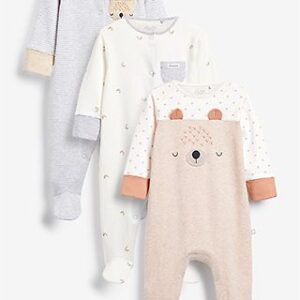
Onesies
Br50.00Add to WishlistAdd to cartAdd to Wishlist -
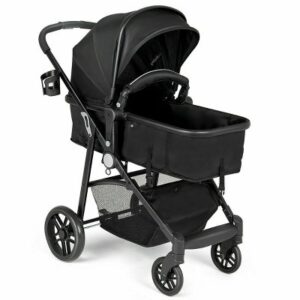
Stroller
Br32.00Add to WishlistAdd to cartAdd to Wishlist -
Sale!

Baby bottle
Br25.00 – Br30.00Add to WishlistSelect options This product has multiple variants. The options may be chosen on the product pageAdd to Wishlist



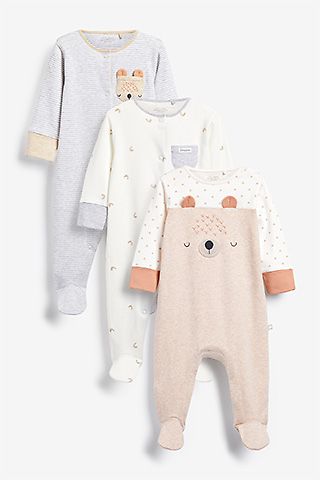
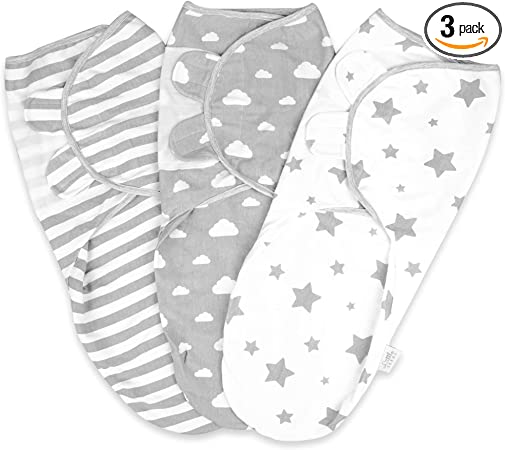
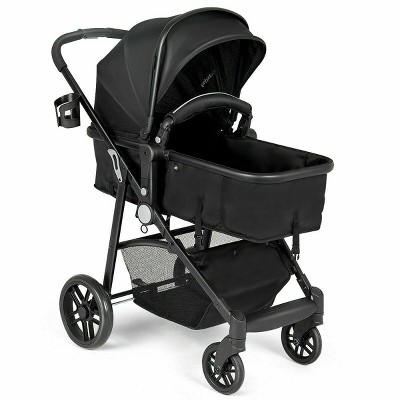


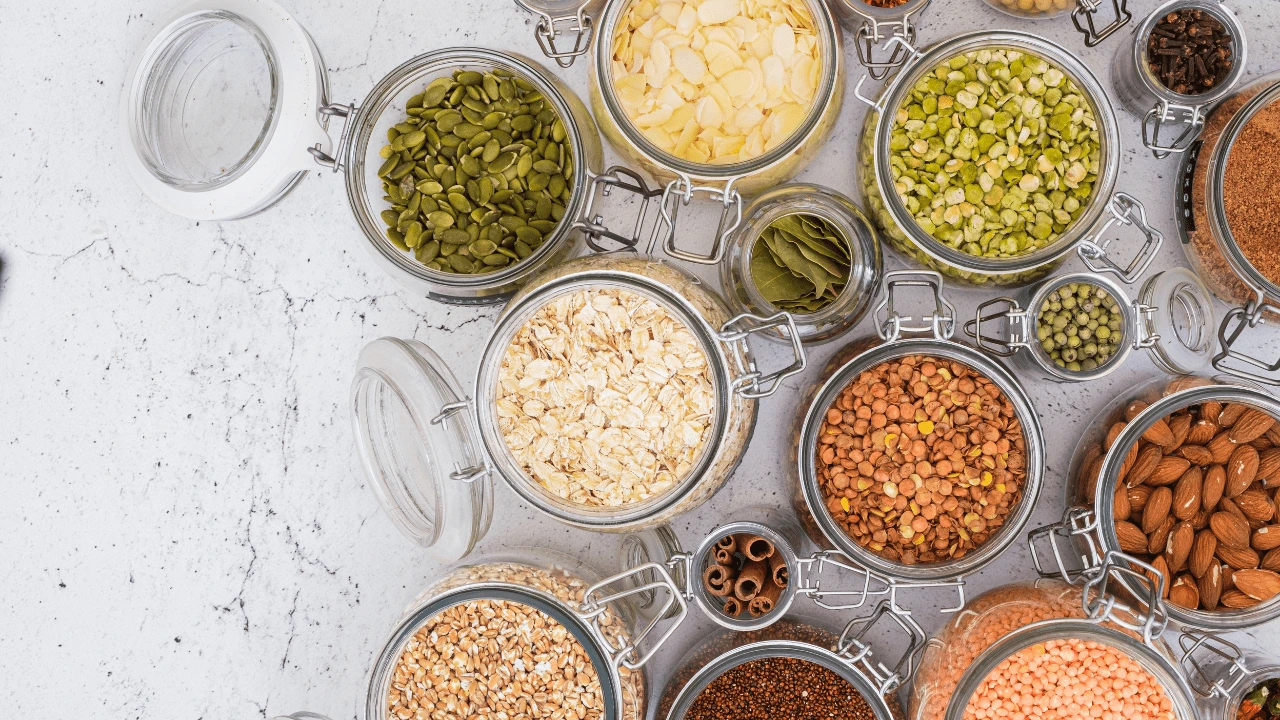
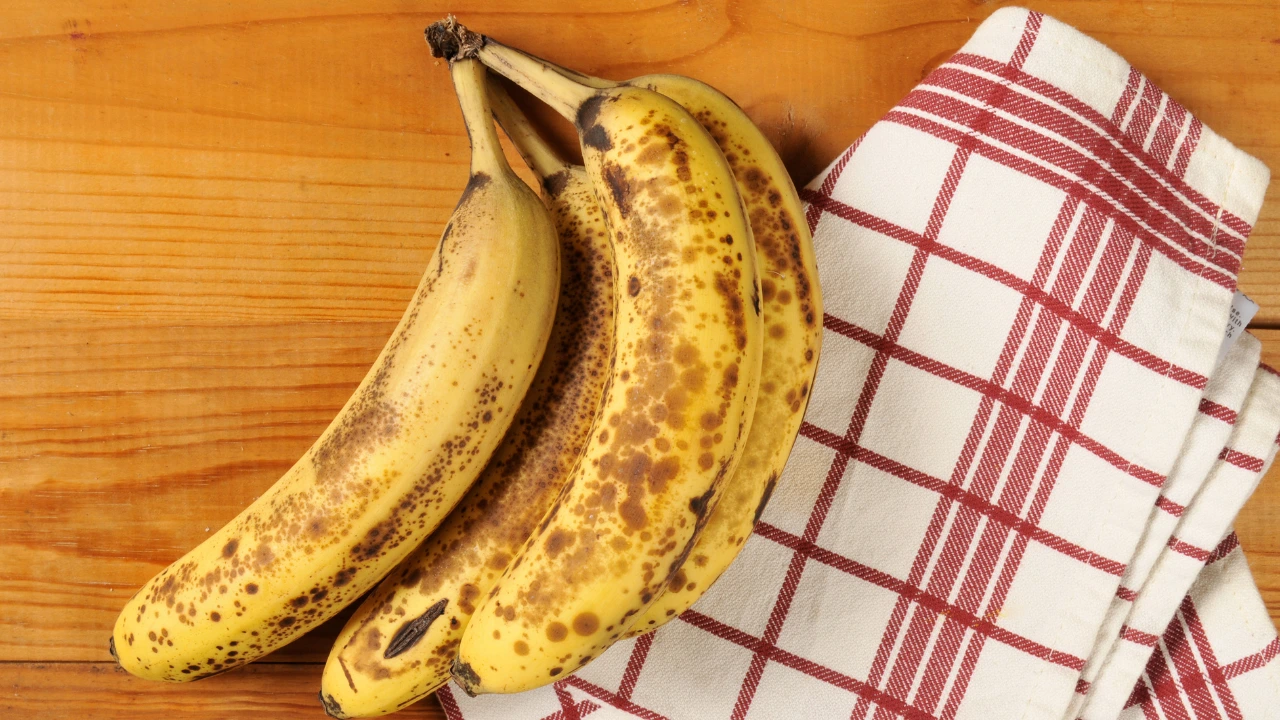
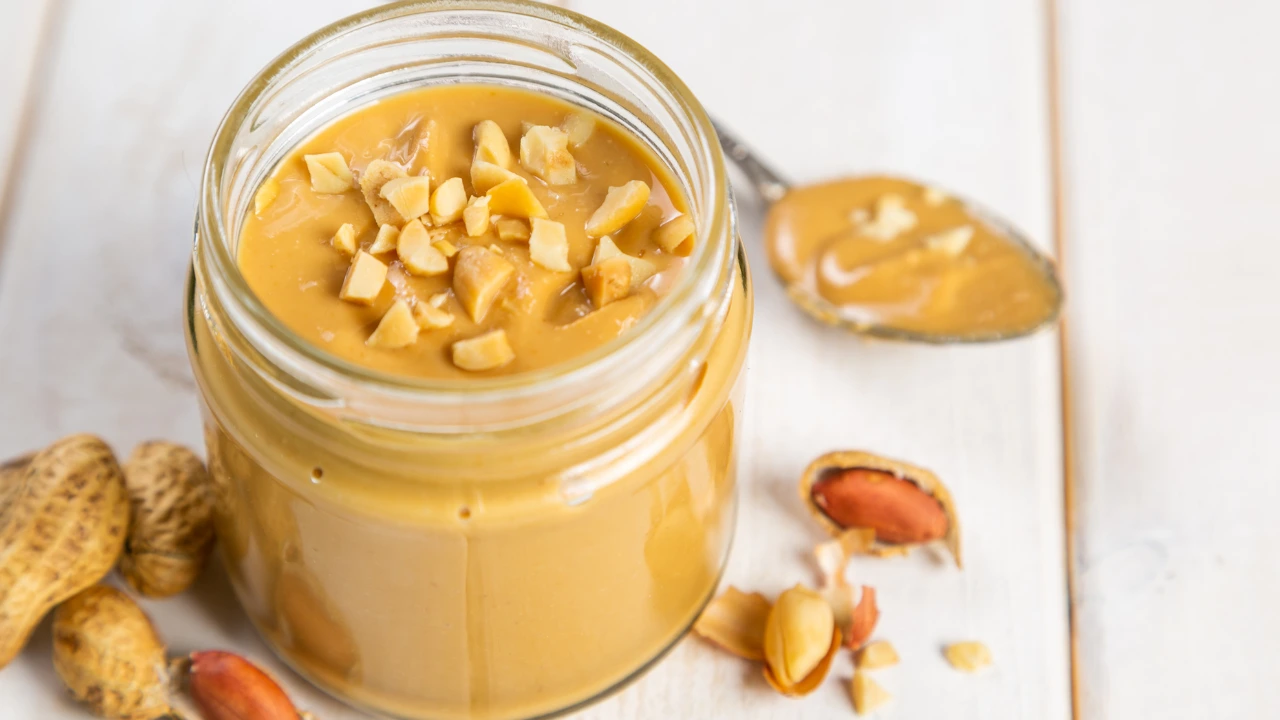


Add a Comment